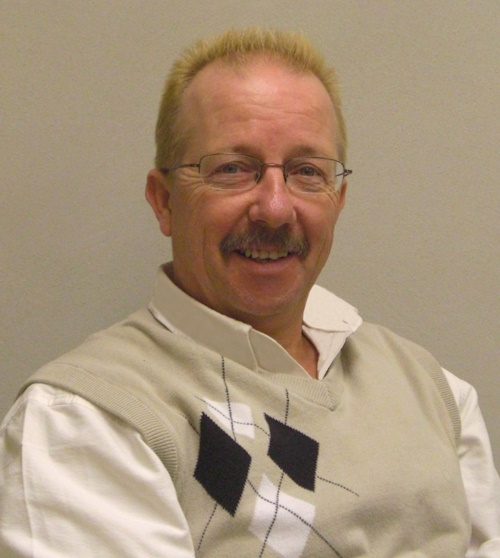Sometimes people make choices that appear to be right but in retrospect find that the choice was made for the wrong reason. Over the years I have witnessed people choosing the wrong prototyping technology in an attempt to shorten their prototype lead-time.
An example of this might be a situation where the size of the prototype exceeds the build envelope of a particular rapid prototype machine. Parts to be used as patterns are constructed in pieces and assembled manually. The sacrifice of dimensional integrity alone might make this process suspect. Now factor in the additional time and labor required and you quickly realize that things are definitely headed in the wrong direction.
Sometimes the desire to utilize the “new” technology entices people to ignore existing processes that not only would have worked just fine but done so more efficiently and effectively in both cost and time.
Another example may be when particular part geometry suits one type of technology but another type is used. Thin walled parts may be better suited to particular types of Rapid Prototyping equipment but we still see people attempting to use technologies better suited for thicker walled components.
A simple way to avoid the trap of using the wrong prototyping process is to ask yourself honestly why you favor one process over another. Honestly review the reason(s) behind the choice, and don’t be fooled by fancy rationalizations. If the process is not ideal for that particular prototype and you are not fully convinced that your prototype supplier is giving you the best advice then take the time to investigate it further. The characteristics of the part and the reason for producing the prototype (such as mechanical testing) should guide your final choice of process.

